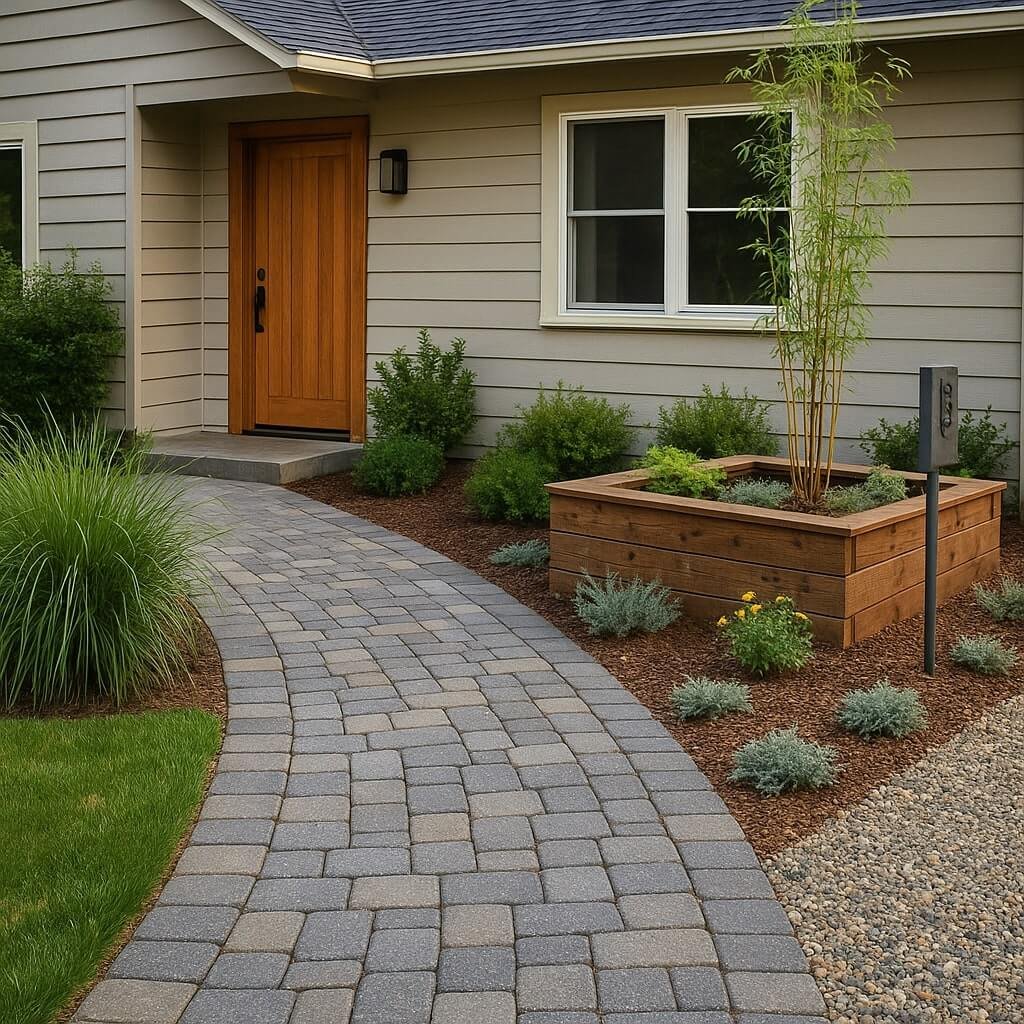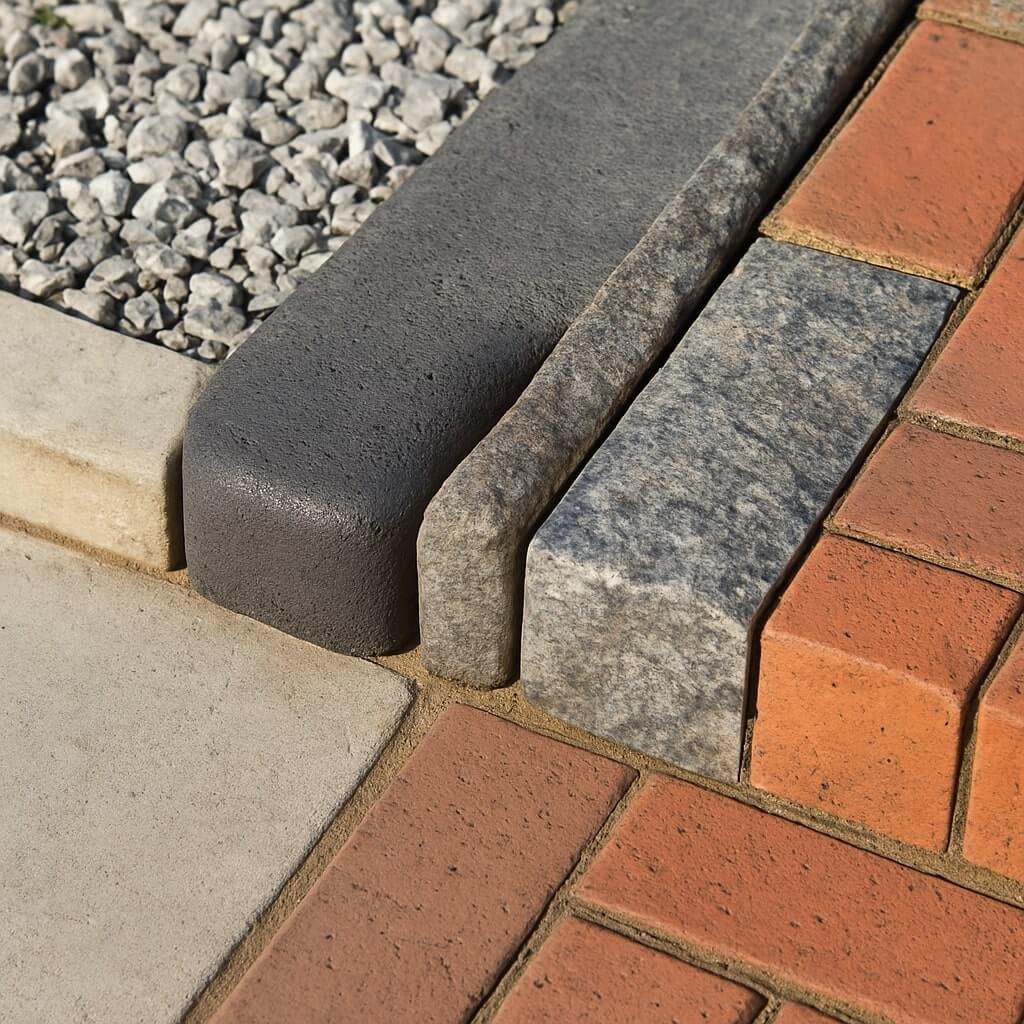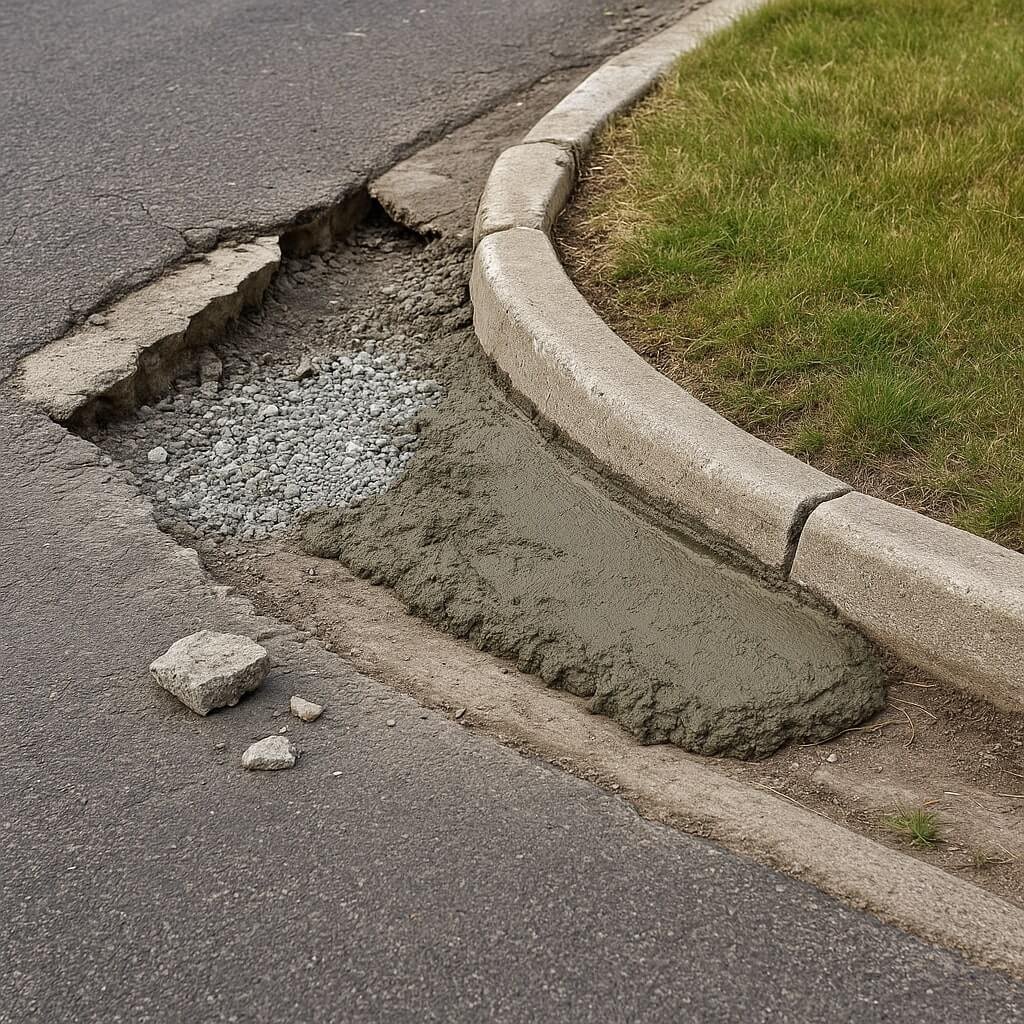Upgrading your home’s curb appeal doesn’t have to come at the expense of the environment. Using eco-friendly materials for your curb upgrade is not only a responsible choice but also an excellent way to boost property value, reduce maintenance, and align with modern sustainability trends. This in-depth guide explores the best sustainable materials for your home’s exterior and answers common questions to help you make informed decisions.
Why Choose Eco-Friendly Materials for Your Curb Upgrade?

Sustainable materials reduce environmental impact, conserve natural resources, and minimise pollution. When applied to curb upgrades—such as driveways, walkways, landscaping, and exterior cladding—they also offer benefits like durability, aesthetic variety, and long-term cost savings.
Key Benefits:
- Lower Carbon Footprint: Materials like recycled pavers and reclaimed wood reduce the demand for new resource extraction.
- Energy Efficiency: Reflective or permeable surfaces can regulate temperature and reduce urban heat island effects.
- Low Maintenance: Many eco-materials are designed to last longer and resist weathering naturally.
Top Eco-Friendly Materials for Curb Upgrades
1. Permeable Pavers
Unlike conventional concrete, permeable pavers allow rainwater to seep through and replenish groundwater. They help prevent runoff and flooding, and come in a wide range of designs.
Popular options:
- Recycled concrete or rubber pavers
- Interlocking bricks made from natural clay
2. Reclaimed Wood
Ideal for fences, accents, and garden edging, reclaimed wood comes from barns, old homes, or factories. It retains a rustic charm and saves trees from being felled.
Tips: Ensure it’s treated for outdoor use and resistant to pests.
3. Recycled Metal
Aluminium or steel from recycled sources is perfect for railings, house numbers, and decorative elements. These metals are rust-resistant and require minimal upkeep.
4. Bamboo
Bamboo is one of the fastest-growing renewable resources. It’s a sustainable choice for fencing, garden trellises, or even siding if treated correctly.
Advantages:
- Naturally pest-resistant
- High tensile strength
5. Recycled Plastic Lumber
This material mimics the look of wood but is made from recycled plastics. It’s immune to rot, splinters, and termites, making it ideal for deck boards and borders.
6. Green Concrete
Green concrete integrates industrial by-products like fly ash, slag, or silica fume. It performs like traditional concrete but reduces CO₂ emissions during production.
7. Sustainable Landscaping Elements
- Native plants: Require less water and care
- Mulch: Choose organic mulch from local sources
- Rain gardens: Manage stormwater naturally
Design Considerations for an Eco-Friendly Curb Upgrade
- Local sourcing: Materials sourced locally reduce transportation emissions.
- Lifespan and durability: Invest in materials that won’t need frequent replacement.
- Energy reflectivity: Lighter-colored surfaces can help reflect heat and keep surroundings cooler.
- Maintenance requirements: Choose finishes that require minimal chemical treatments or upkeep.
Frequently Asked Questions (FAQs)
What is the most sustainable driveway material?
Can reclaimed wood be used outdoors?
How does using native plants contribute to sustainability?
Is bamboo eco-friendly?
What’s the lifespan of recycled plastic lumber?
Conclusion: Building a Greener First Impression
Upgrading your home’s curb appeal with eco-friendly materials isn’t just about looks—it’s a commitment to sustainability, smart resource use, and long-term performance. Whether you’re replacing concrete paths with permeable pavers, installing a reclaimed wood fence, or planting a water-wise garden, your choices contribute to a healthier environment and a more valuable home.
Take the step toward an environmentally conscious exterior transformation today. Choose materials that make your curb as green as your values.



